Piece of Mind
August 26 - September 25, 2021
Mary Lee Bendolph
-
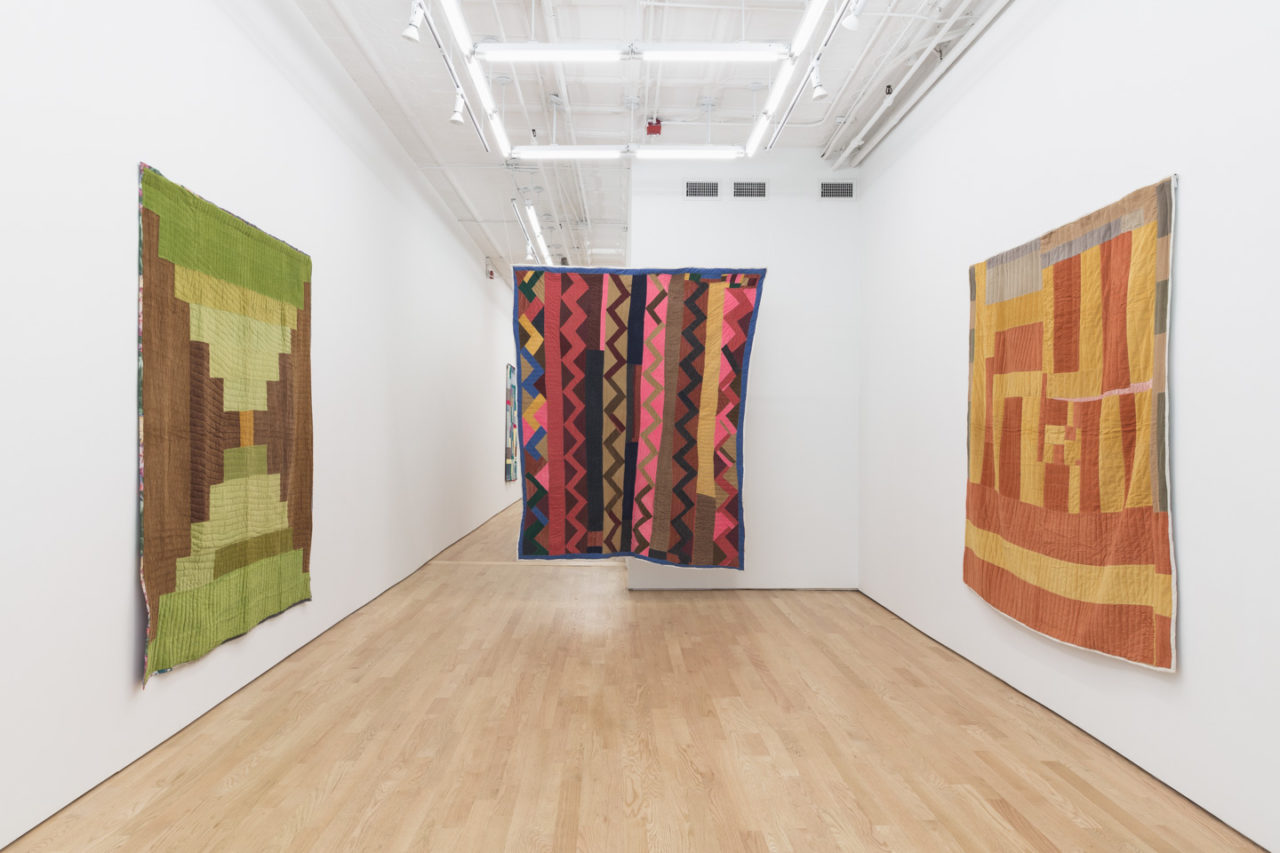
Installation view, Mary Lee Bendolph, Piece of Mind
-
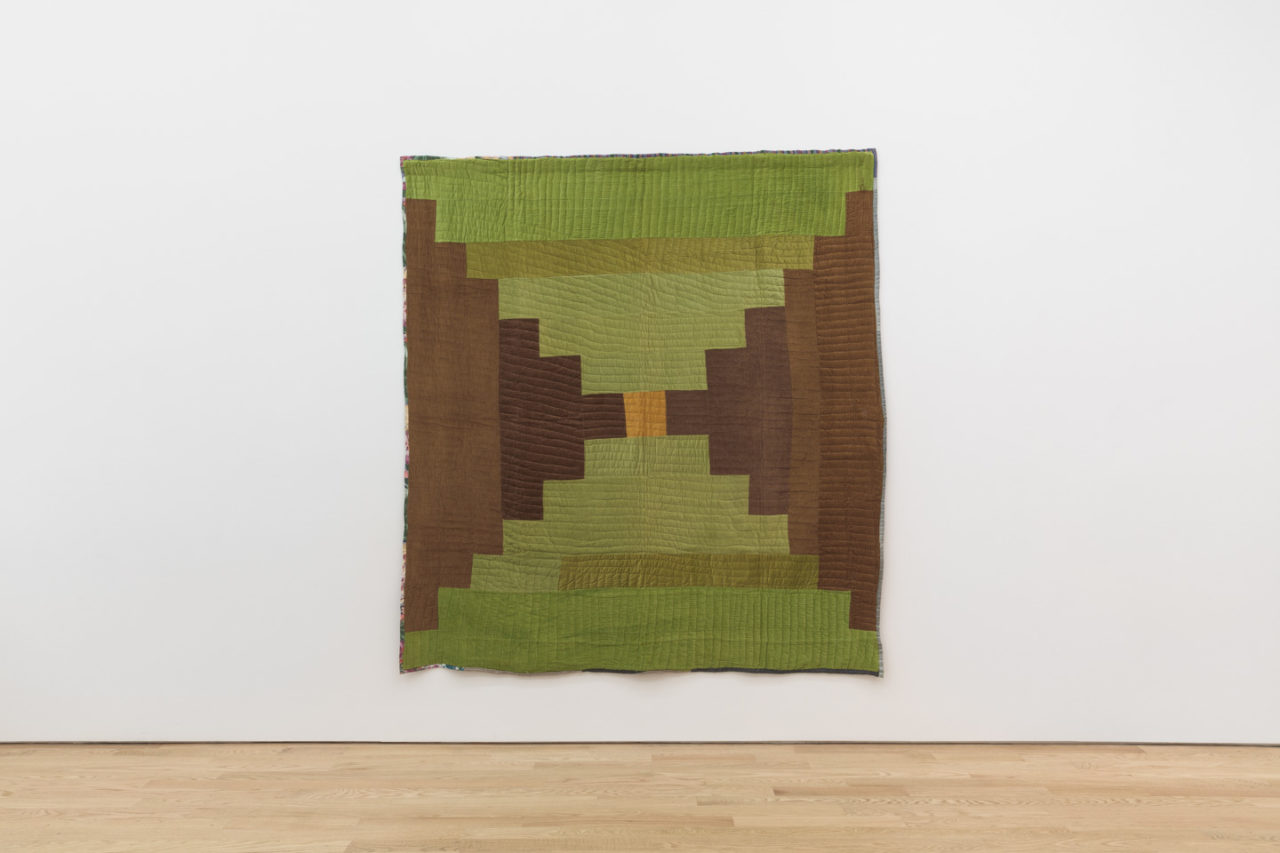
Installation view, Mary Lee Bendolph, Piece of Mind
-
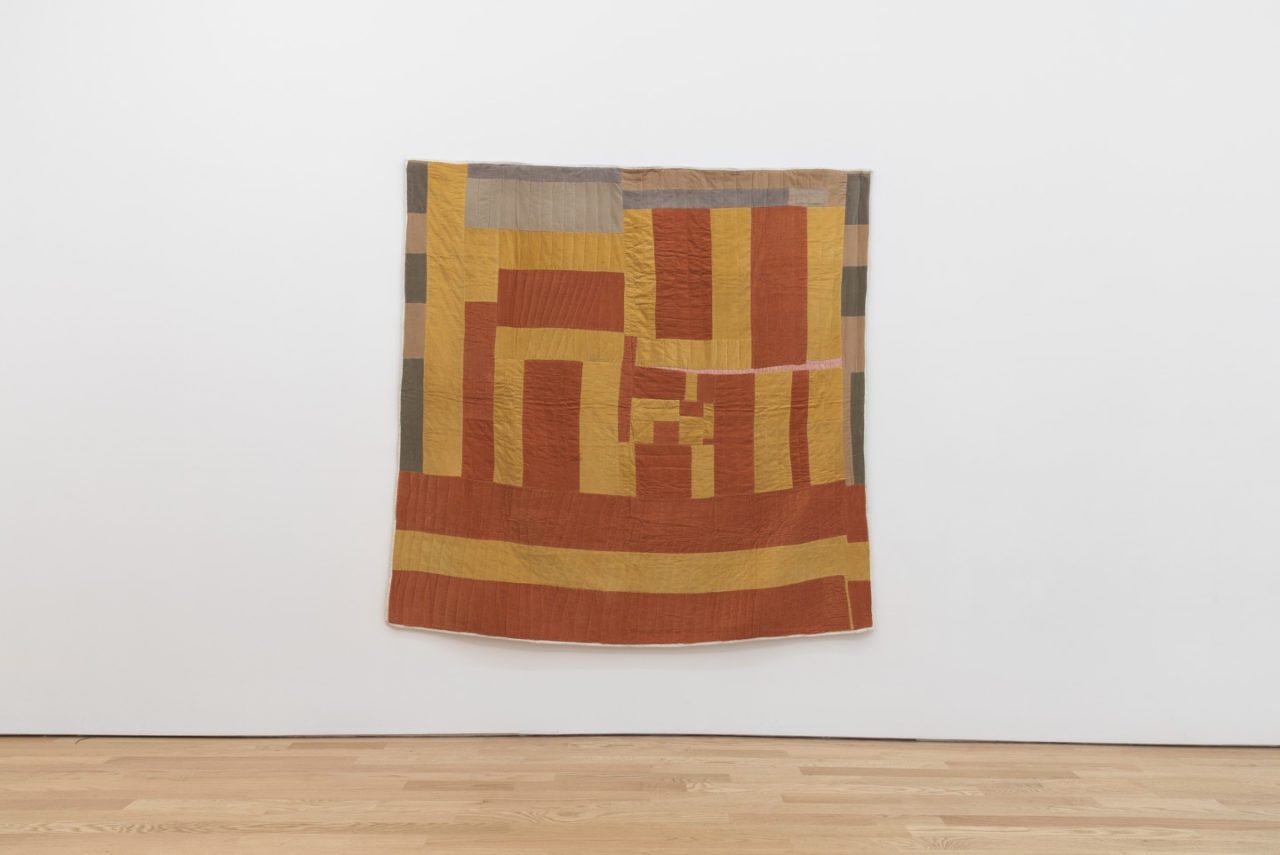
Installation view, Mary Lee Bendolph, Piece of Mind
-
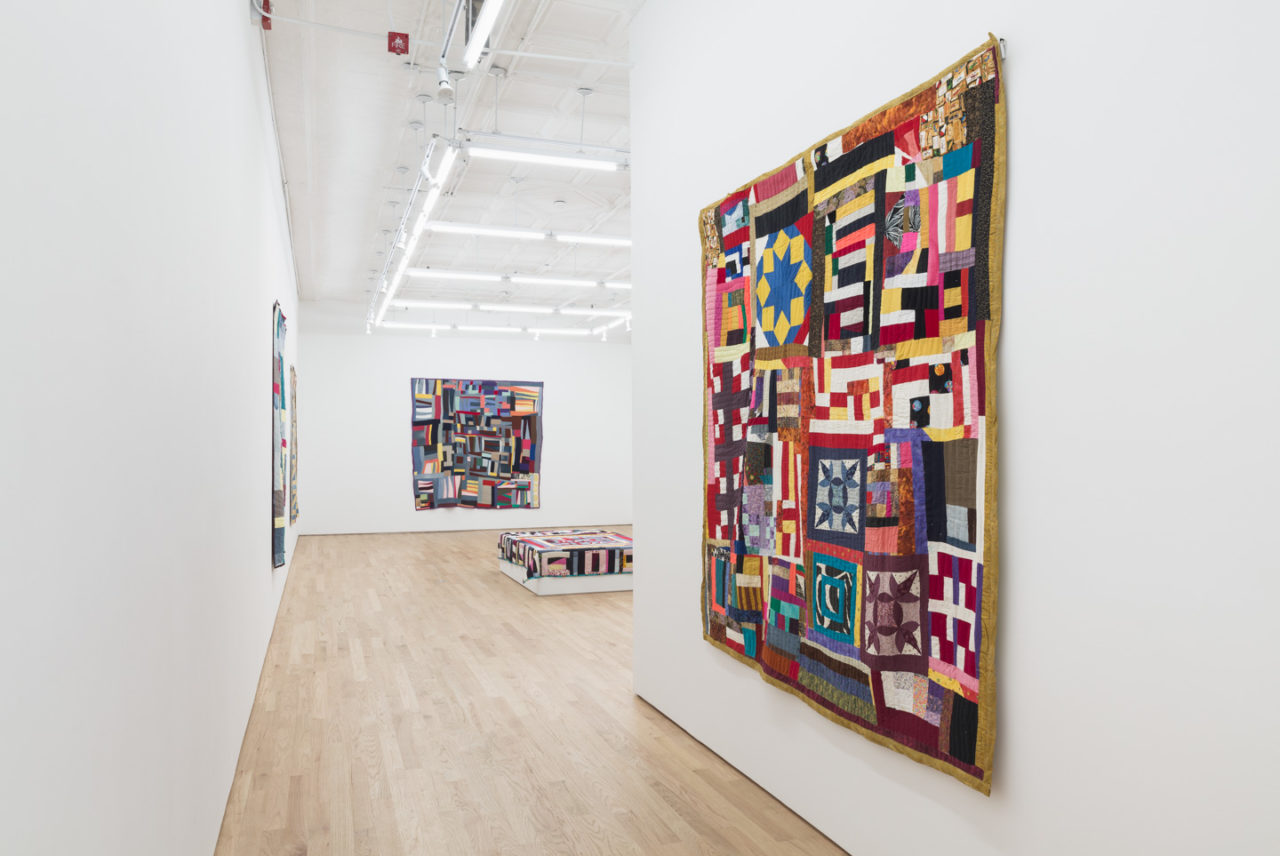
Installation view, Mary Lee Bendolph, Piece of Mind
-
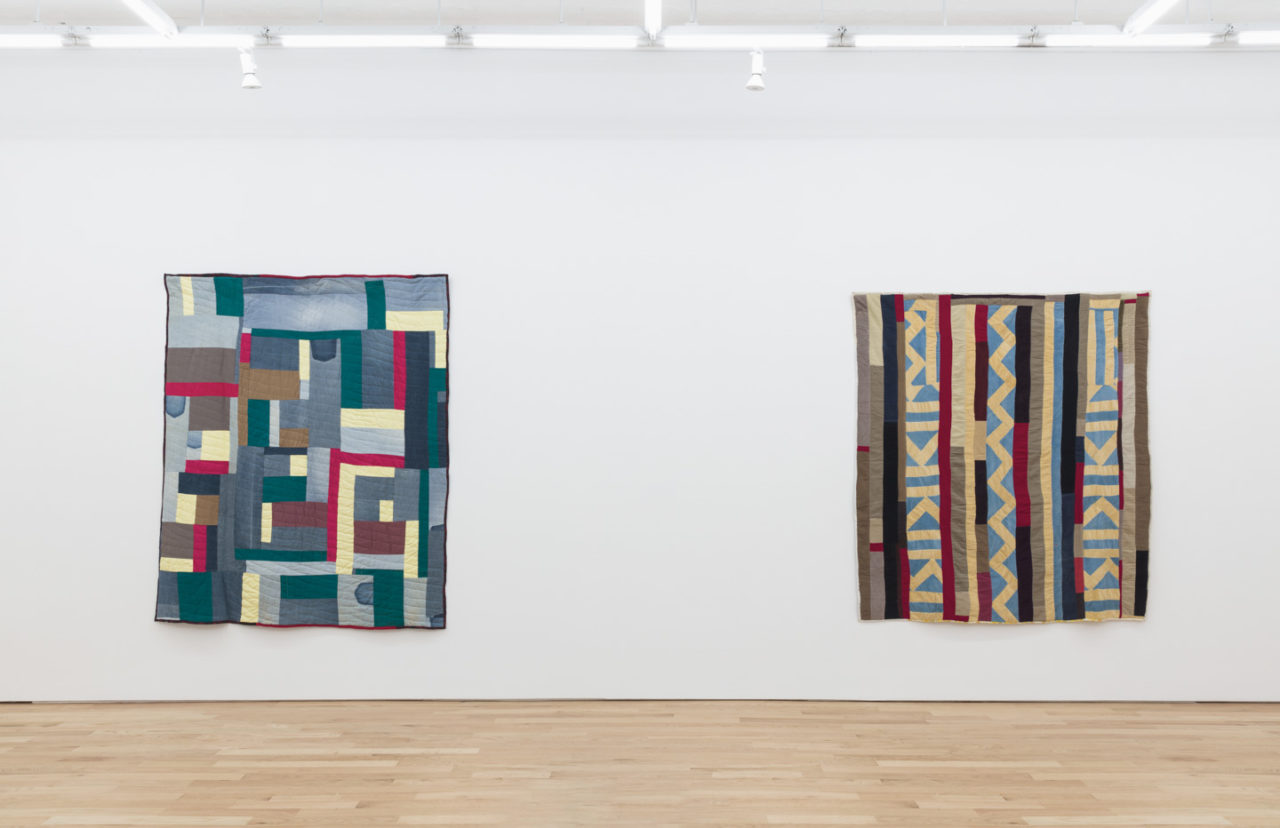
Installation view, Mary Lee Bendolph, Piece of Mind
-

Installation view, Mary Lee Bendolph, Piece of Mind
-
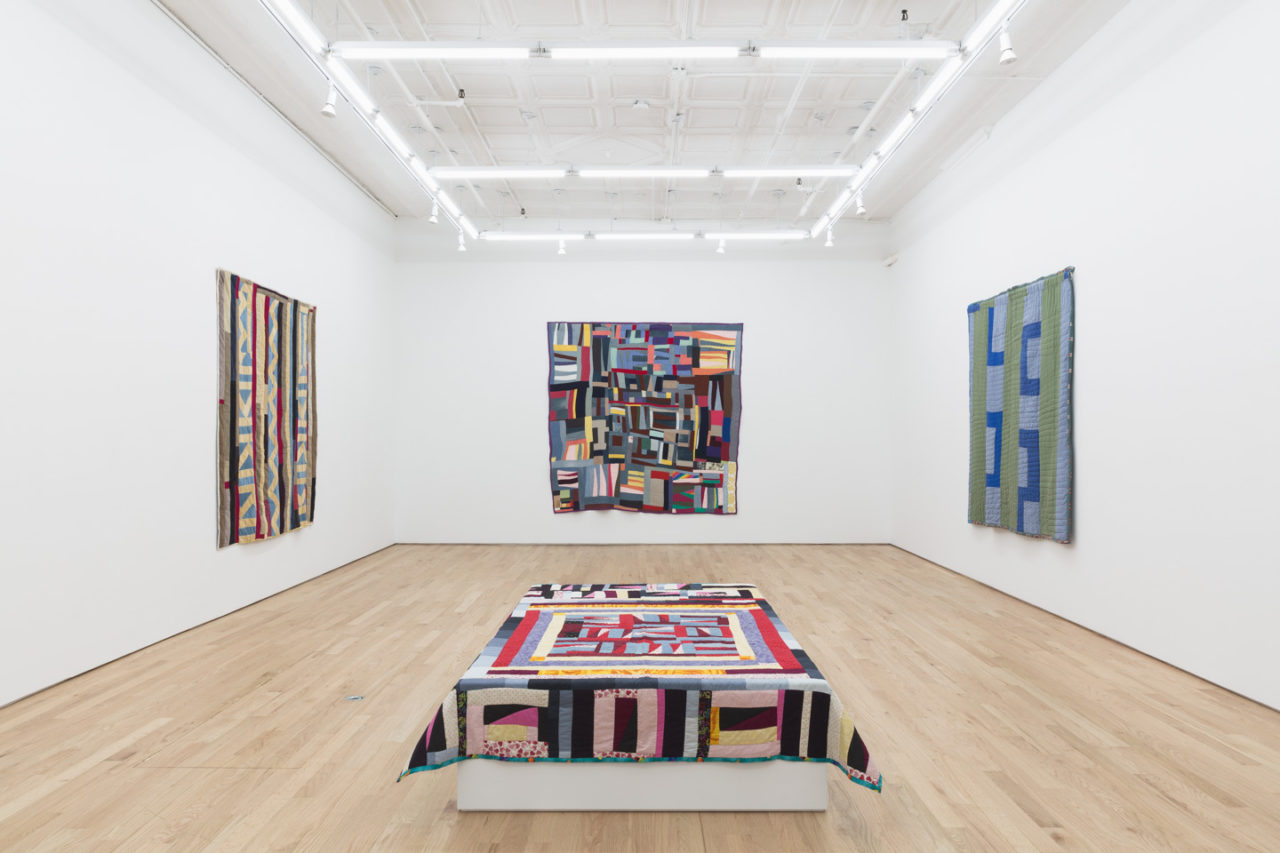
Installation view, Mary Lee Bendolph, Piece of Mind
-
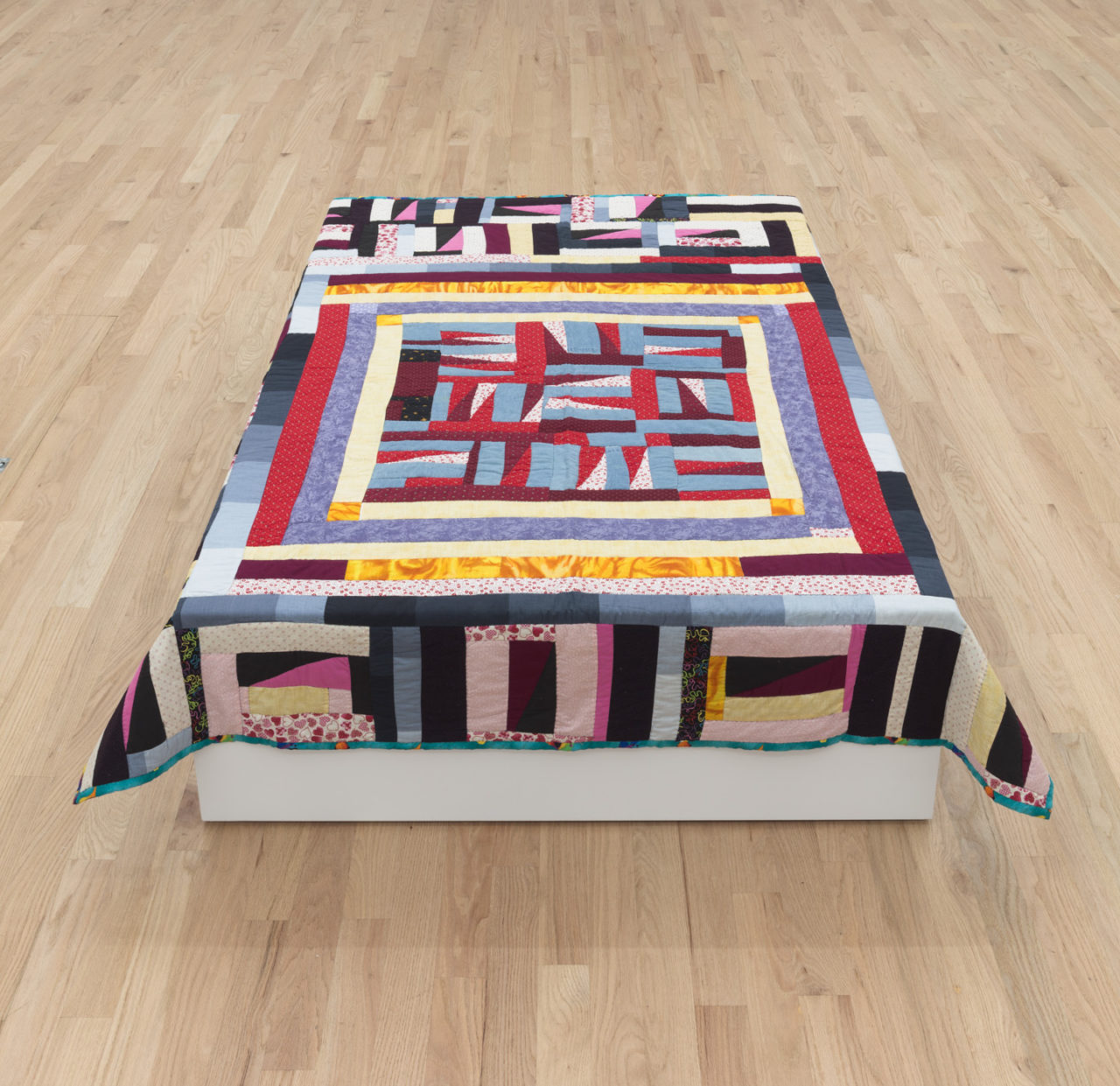
Installation view, Mary Lee Bendolph, Piece of Mind
-
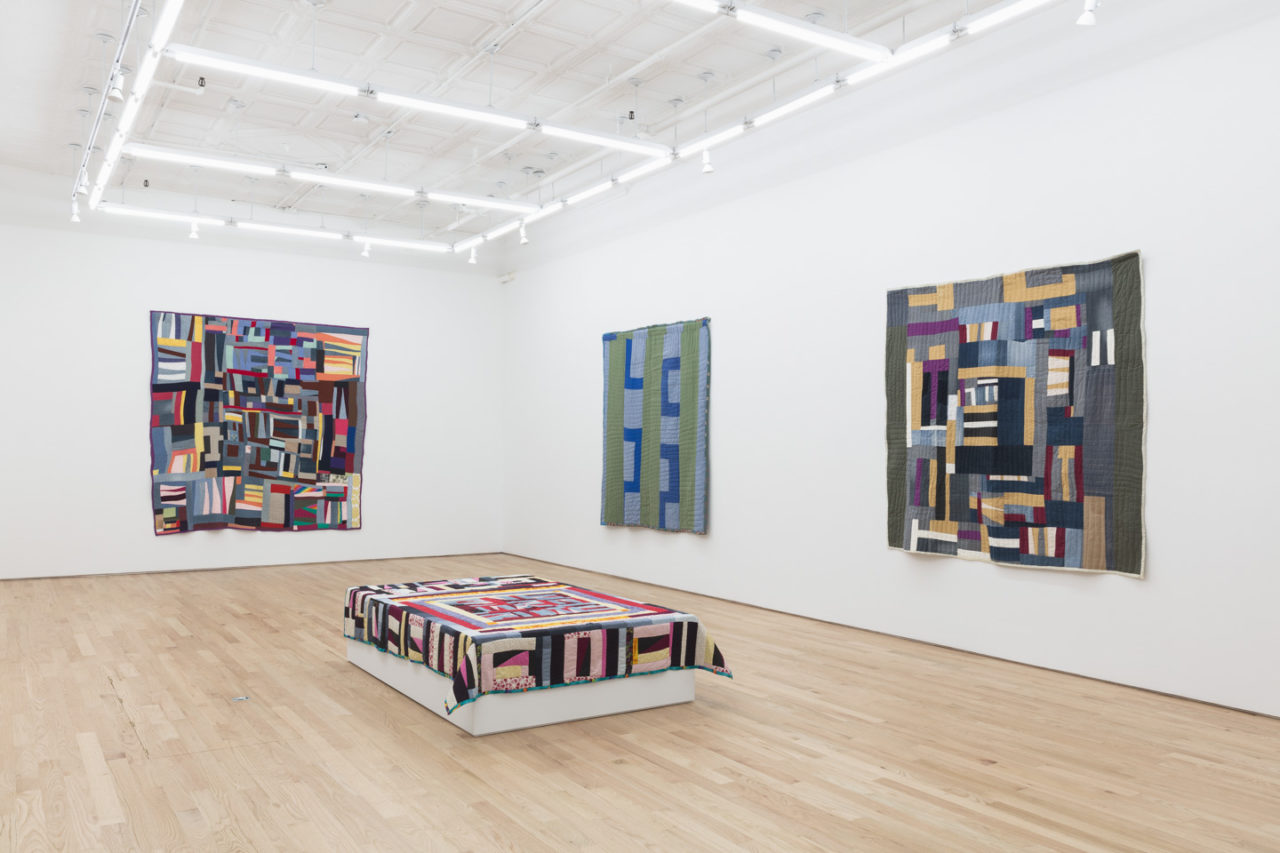
Installation view, Mary Lee Bendolph, Piece of Mind
-
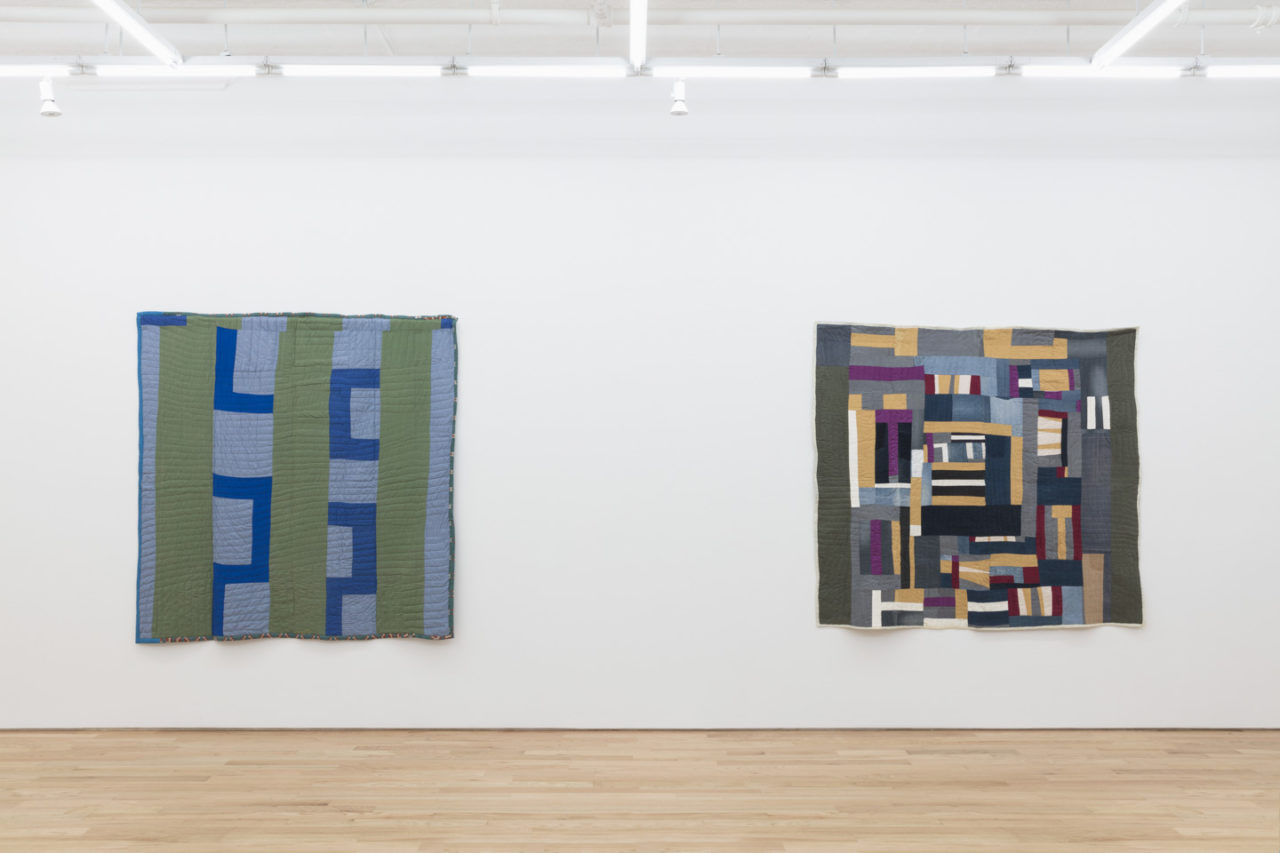
Installation view, Mary Lee Bendolph, Piece of Mind
-
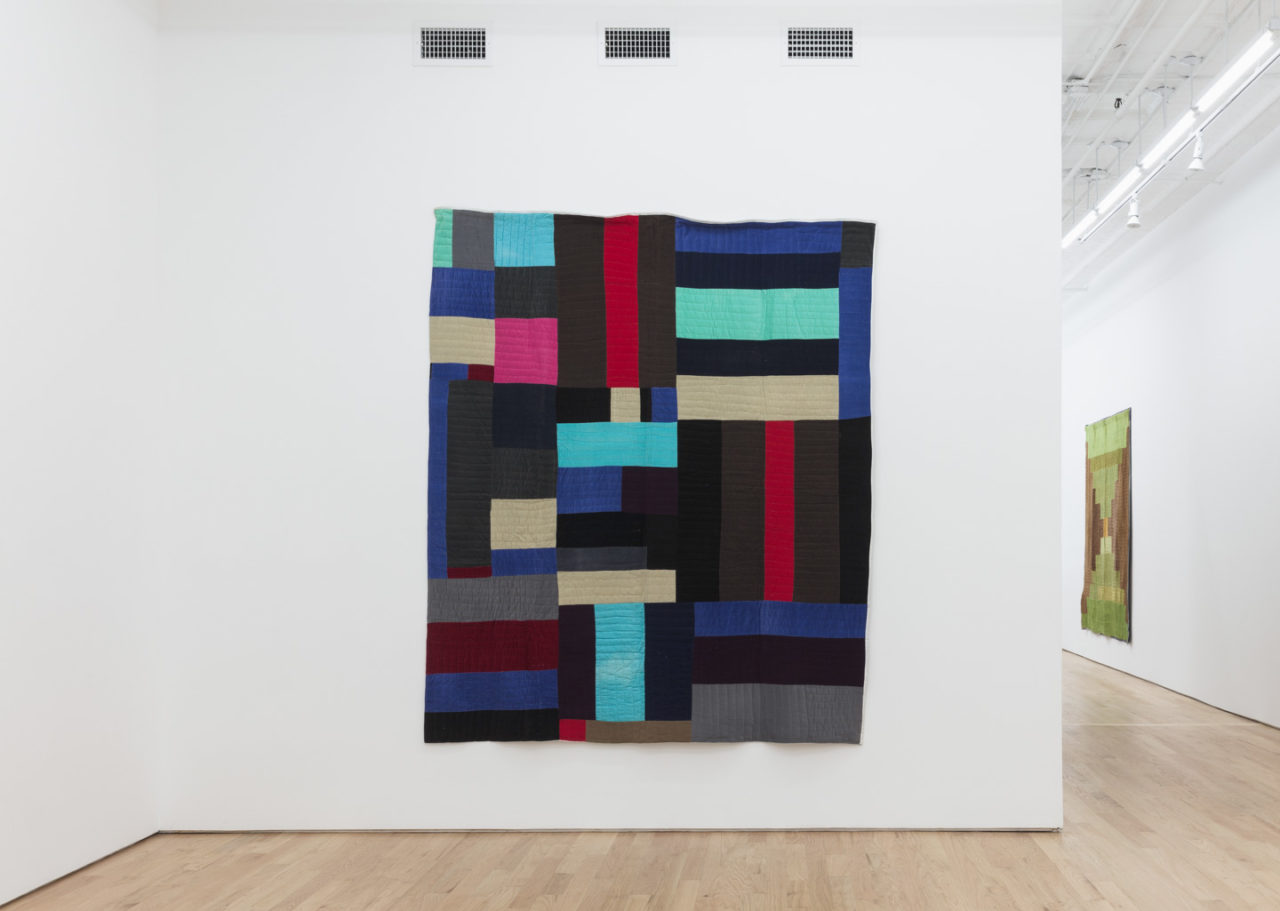
Installation view, Mary Lee Bendolph, Piece of Mind
-

Installation view, Mary Lee Bendolph, Piece of Mind
-
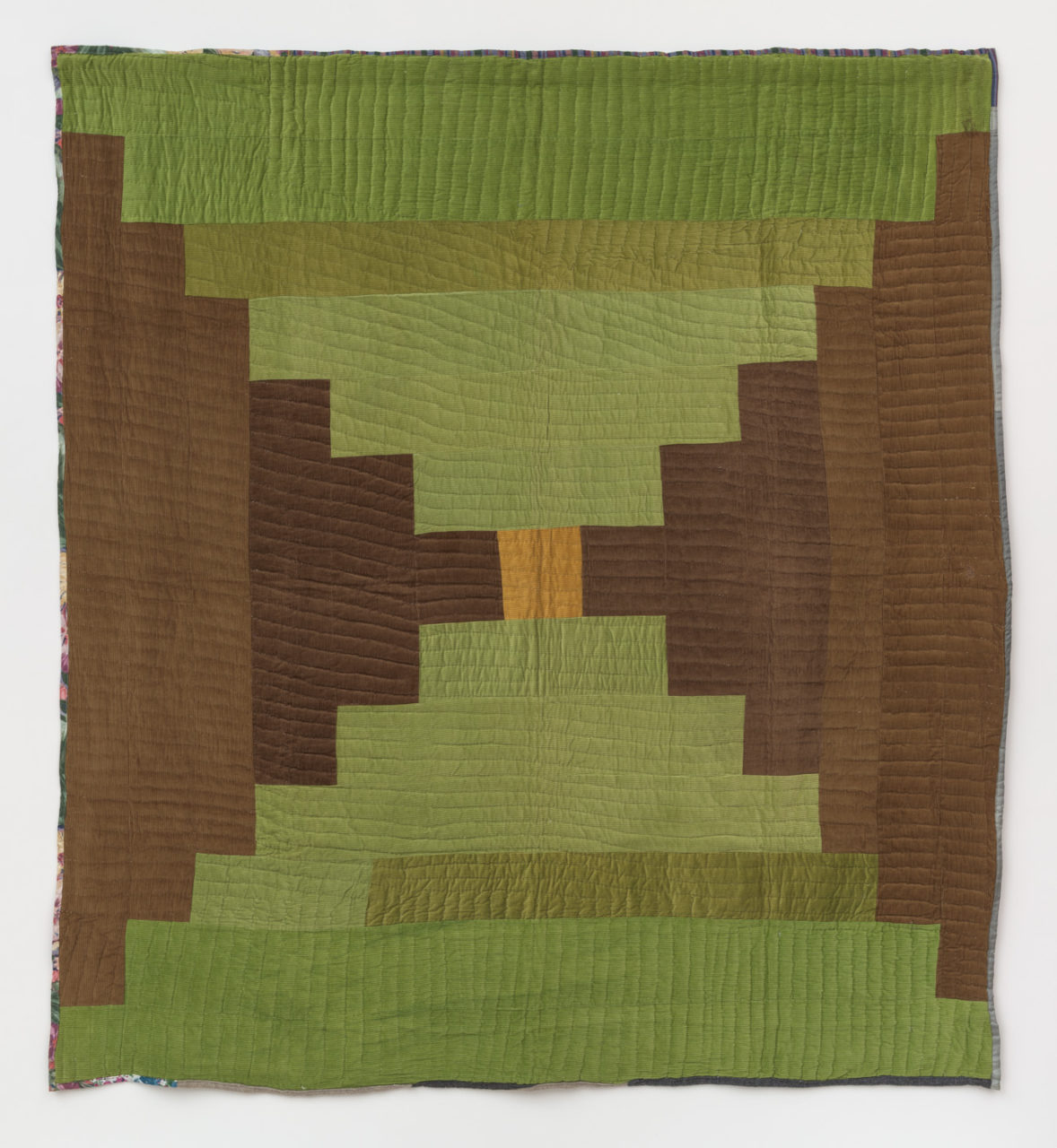
Mary Lee Bendolph
Bricklayer, 1979-80
Corduroy
82 x 90 inches
mlbendolph027 -
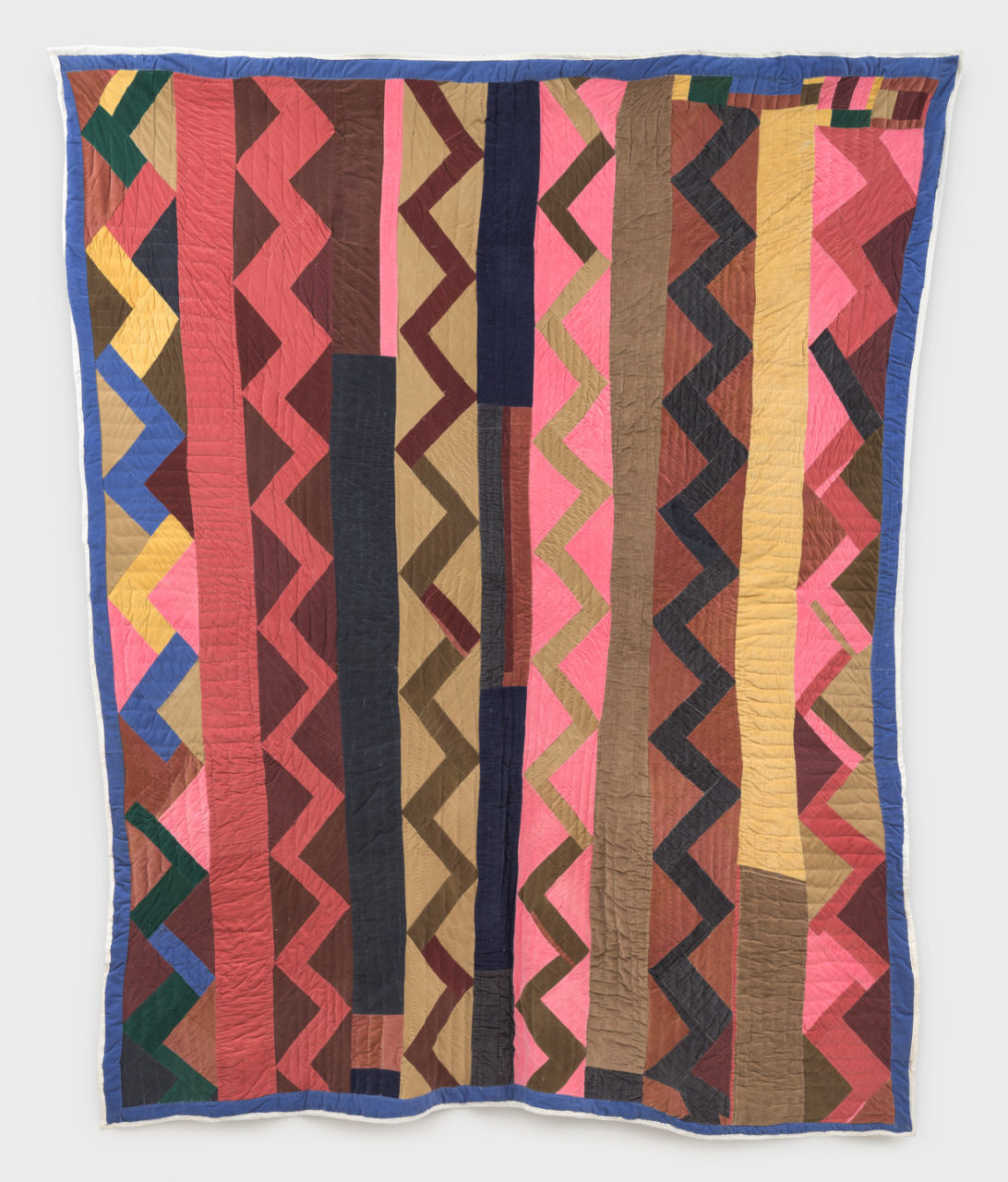
Mary Lee Bendolph
Zig Zag, 2003
Corduroy
98 x 83 inches
mlbendolph006 -

Mary Lee Bendolph
Farm House, 2003
Corduroy
80 x 83 inches
mlbendolph026 -
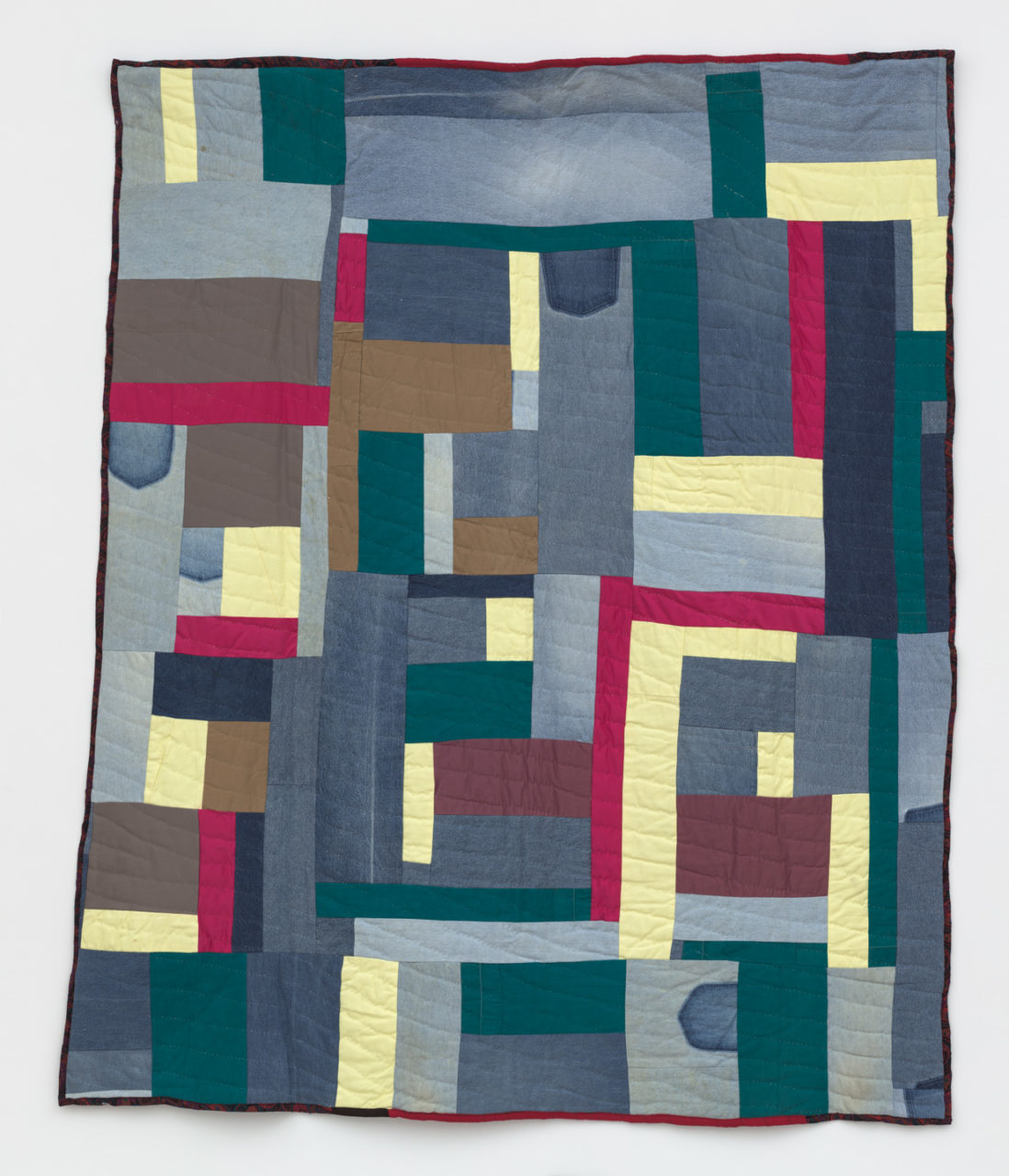
Mary Lee Bendolph
Ghost Pockets, 2003
Mixed fabrics including denim, cotton, polyester, and synthetic wool
85 x 72 inches
mlbendolph031 -
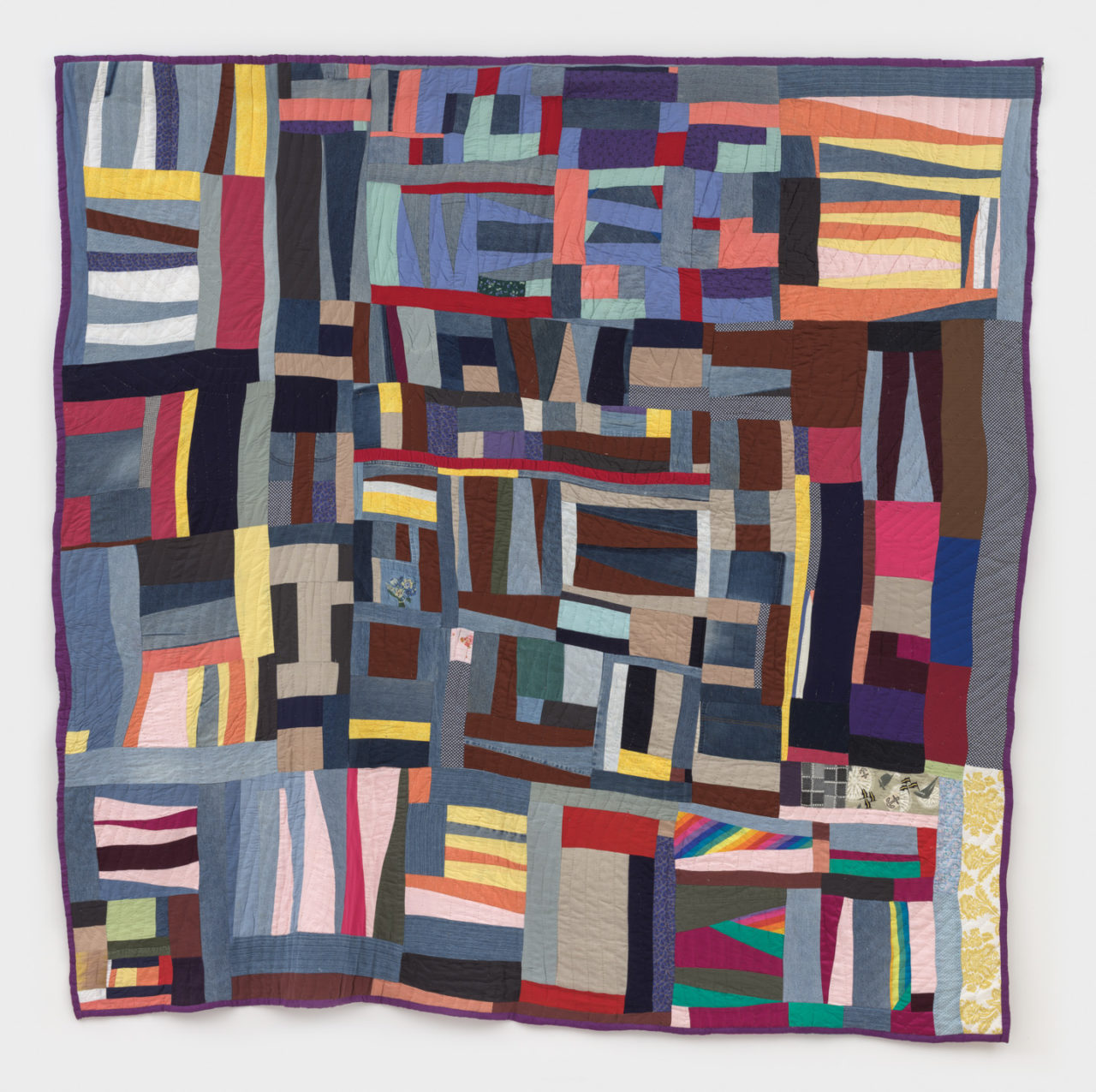
Mary Lee Bendolph
Grandpa Strips, 2010
Cotton, denim, polyester, satin, and synthetic wool
94 x 92 inches
mlbendolph005 -

Mary Lee Bendolph
KKII, Celebrating You, 2009
Corduroy
72 x 81 inches
mlbendolph028 -

Mary Lee Bendolph
Honor of Luella, 2005
Cotton and polyester
80 x 82 inches
mlbendolph024 -

Mary Lee Bendolph
A Quilt in a Quilt, 2010
Cotton
92 x 72 inches
mlbendolph003 -
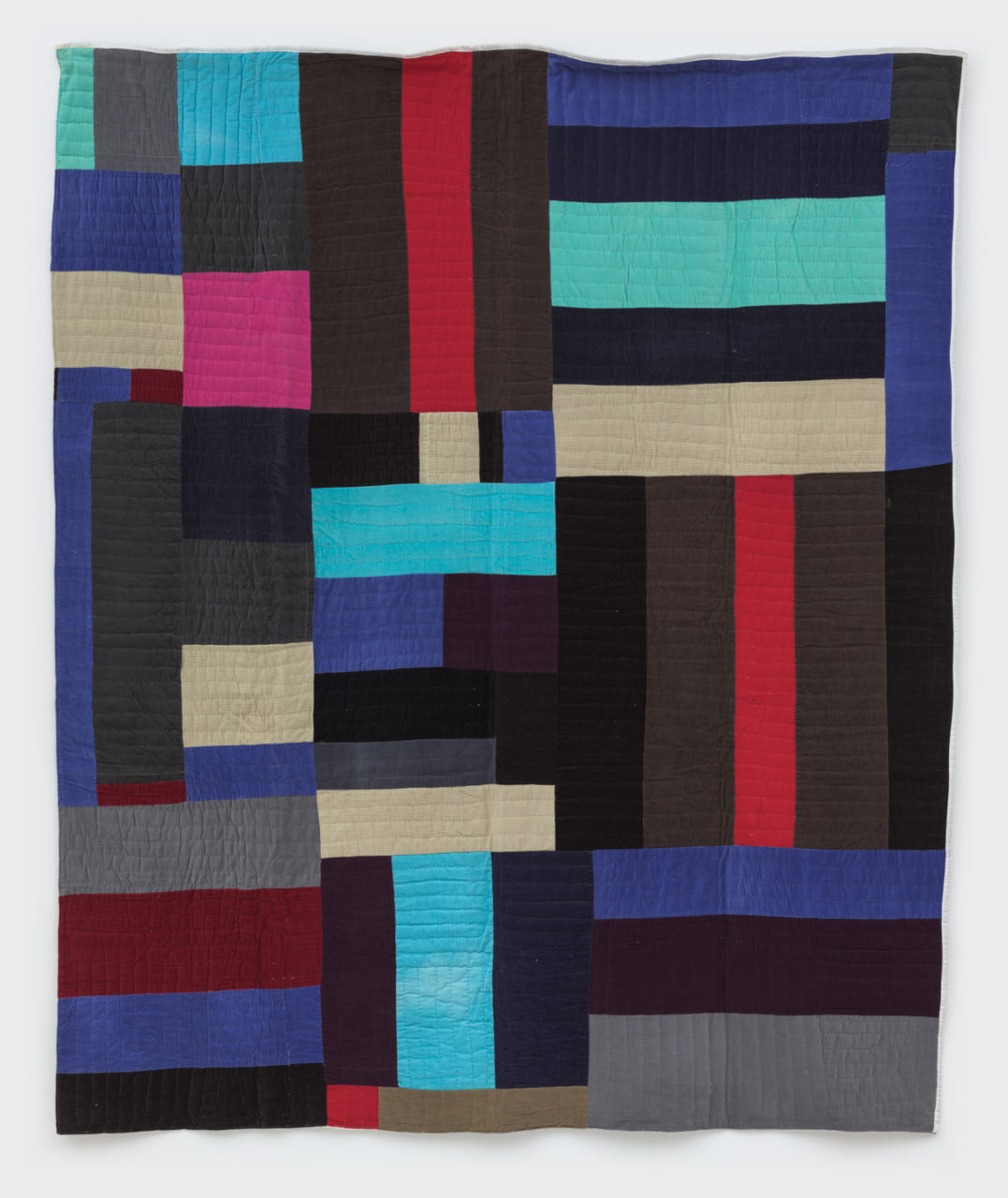
Mary Lee Bendolph
Crayon, 2003
Corduroy
79 x 92 inches
mlbendolph029 -
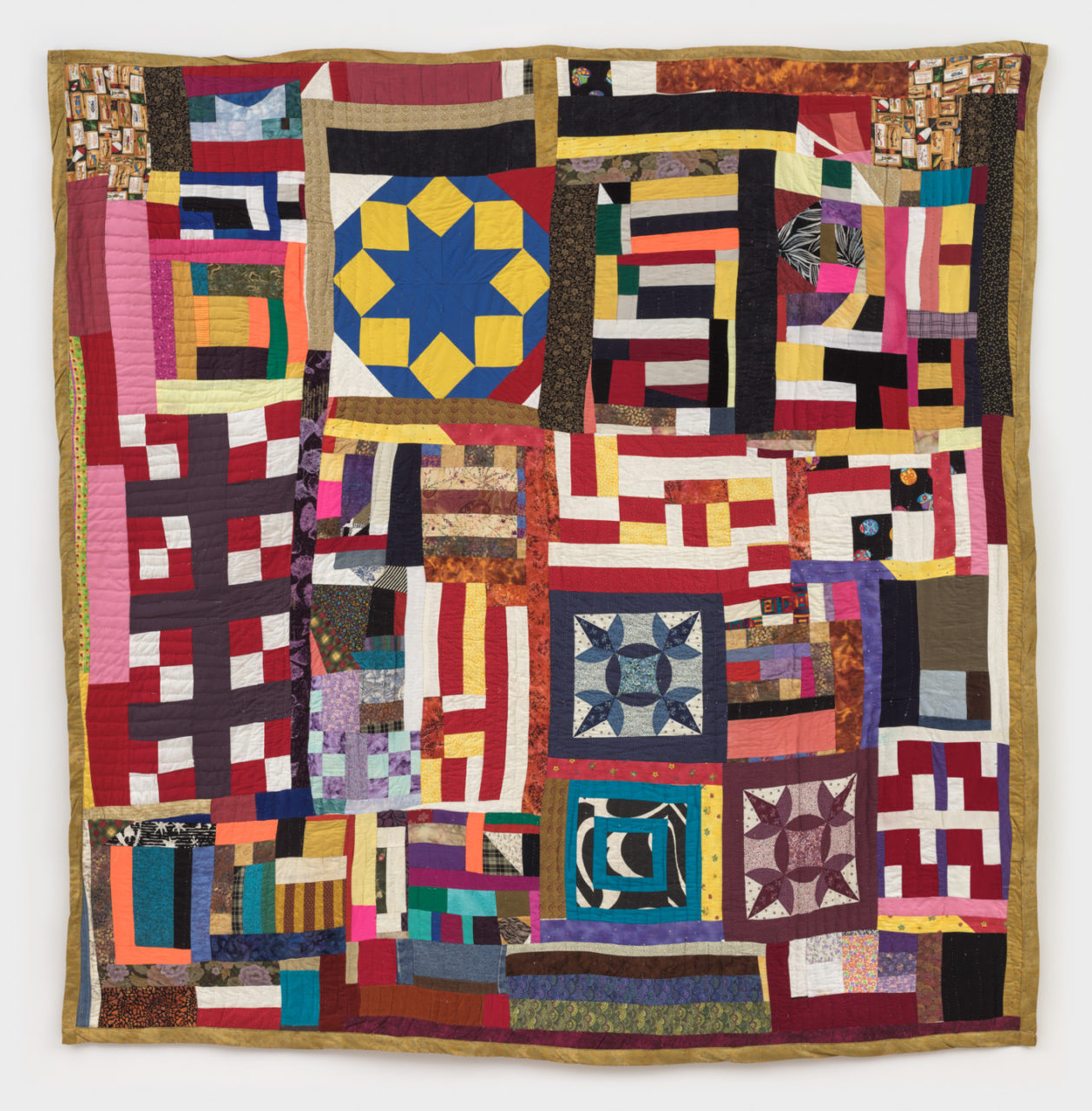
Mary Lee Bendolph
Star Attraction, 2003-2006
Assorted fabrics, mostly cotton
78 x 80 inches
mlbendolph030 -
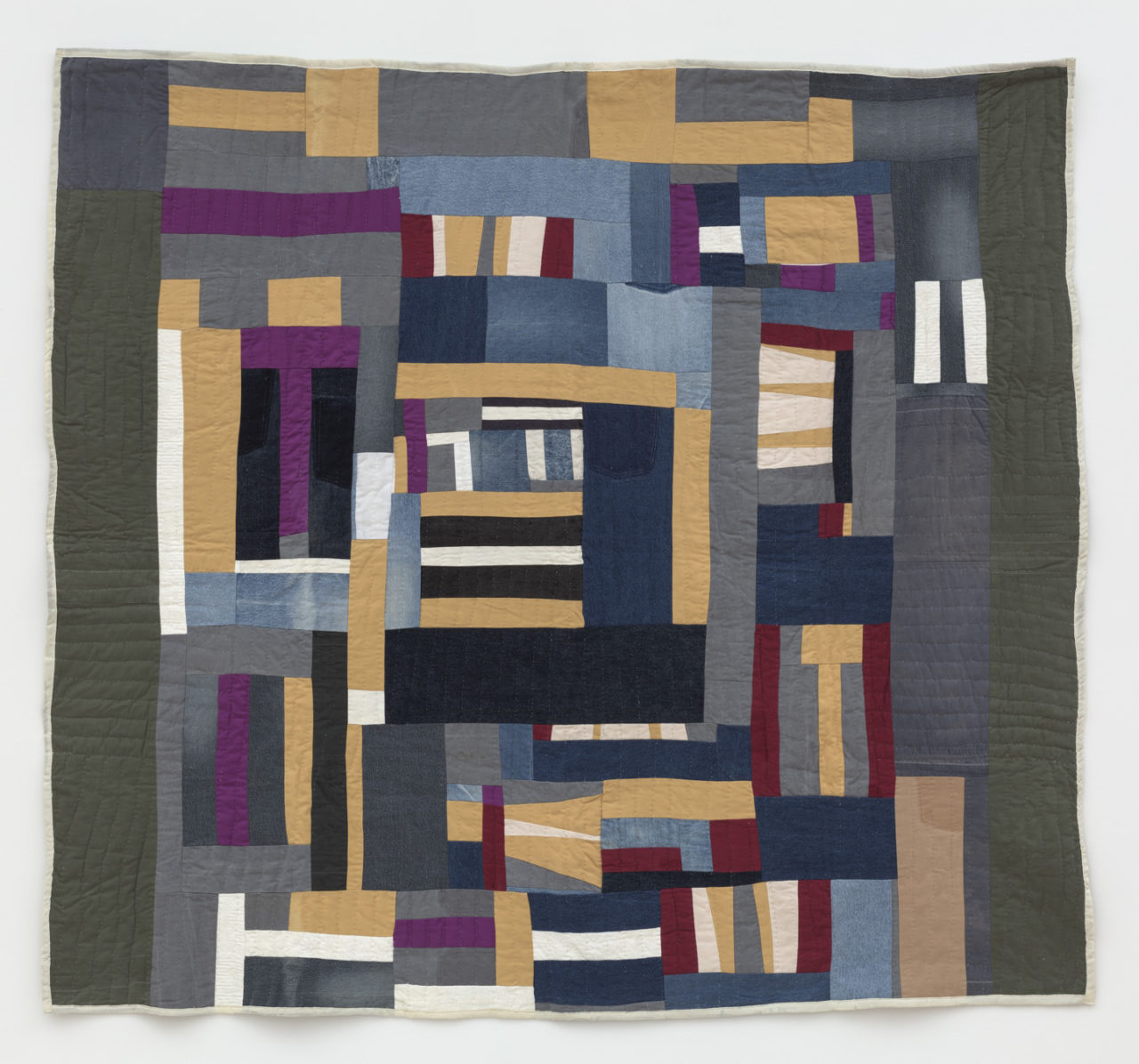
Mary Lee Bendolph
Untitled, 2005
Cotton and denim
72 x 81 inches
mlbendolph017
Press Release
Nicelle Beauchene Gallery is pleased to present Piece of Mind, the first New York solo exhibition by Mary Lee Bendolph, a foremost quiltmaker from Gee’s Bend, Alabama. On view are eleven quilts of varying patterns and fabrics, demonstrating Bendolph’s formal mastery, material ingenuity, and aesthetic singularity within the American quilting tradition.
Mary Lee Bendolph was born in 1935 in Gee’s Bend, Alabama: a geographically isolated community held in a cradle of the Alabama River southwest of Montgomery. Since the early 19th century, generations of Black families have lived in the Bend (formally known as Boykin) as enslaved laborers, sharecroppers and tenant farmers, and in the 1940s, finally as landowners. Mary Lee was born the seventh of seventeen children to Wisdom and Aolar Carson Mosely, and as taught by her mother, pieced her first quilt at the age of 12.
For generations, women in Gee’s Bend made quilts using the materials afforded to them, repurposing remnants of old work clothes, choir robes, feed sacks, faded denim and found fabrics in highly unique, improvisational designs. Quilt making, as a textile tradition taught by mothers to their daughters and families to their friends, is a well-practiced vernacular art form within Black communities across the American South. The quilts made in Gee’s Bend, however, have come to be known for their stylistic ingenuity, bold materiality, and improvisational use of geometry. In the early 2000s, quilts from Gee’s Bend were introduced to wider audiences for the first time in the critically acclaimed exhibition The Quilts of Gee’s Bend, a survey organized by the Museum of Fine Arts, Houston, which toured nationwide from 2002-2008. Hailed and regarded as masters of American Abstraction, quilts from Gee’s Bend inherently reflect and demonstrate the boundless iterations of the quilting medium.
Though Mary Lee started quilting at a young age and continued throughout adulthood, the rhythm of daily life—in working as a professional seamstress and taking care of her family—often took hold. It wasn’t until visiting The Quilts of Gee’s Bend in Houston in 2002 that Mary Lee discovered a renewed passion and purpose in quilt making. Most of the quilts currently on view in Piece of Mind were made after this moment in the early 2000s, in what became a robust period of making for the artist.
The earliest quilt on view, Bricklayer (1979-80), demonstrates Mary Lee’s early mastery of the common Gee’s Bend ‘Housetop’ or ‘Bricklayer’ pattern, in which rectangles of cloth are stacked or laid on top of one another, forming concentric steps and strips of colored blocks. The design of Bricklayer, like many of her quilts, was inspired by the artist’s surroundings. “Most of my ideas come from looking at things,” Mary Lee described in a 2006 interview: “Quilts is in everything. Sometime I see a big truck passing by. I look at the truck and say, I could make a quilt that look like that…I see the barn, and I get an idea to make a quilt. I can walk outside and look around in the yard and see ideas all around the front and back of the house.”
Farm House (2003) and Honor of Luella (2005) offer an evolution of this kind of loose, geometric patterning. In these quilts, large, broad strips of corduroy and cotton are pieced together with the ends of smaller strips, forming a smooth pattern of alternating colors. For other quilts, such as Star Attraction (2003-06), Grandpa Strips (2010), and A Quilt in a Quilt (2010), Mary Lee explodes this method of strip quilting into something more kaleidoscopic. Smaller rectangles, triangles, and wedges of varying colors and fabric—perhaps all that was left over—fit together seamlessly into rainbow compositions. Each quilt, as the sum of their many parts, indexes countless days of the lives that touched, used, or wore their component materials; as Mary Lee Bendolph has described, “Old clothes have spirit in them. They also have love.”
Mary Lee Bendolph (b. 1935, Boykin, AL) still lives and works in Gee’s Bend. Bendolph has exhibited her quilts in all of the major touring Gee’s Bend exhibitions, including The Quilts of Gee’s Bend (2002-2008) and Gee’s Bend: The Architecture of the Quilt (2006-2008). The 2007-2010 exhibition Mary Lee Bendolph, Gee’s Bend Quilts, and Beyond, organized by the Austin Museum of Art, explored the centrality of Bendolph’s vision as an artist within and beyond her community.Bendolph has since been the subject of solo exhibitions at the Georgia Museum of Art in Mary Lee Bendolph: Quilted Memories (2019), and Pieced Together: The Quilts of Mary Lee Bendolph jointly organized by the Mount Holyoke College Art Museum and the List Gallery at Swarthmore College (2018).
In addition to the exhibitions noted above, Mary Lee Bendolph has shown her quilts and prints in a number of domestic and international venues. Recent exhibitions include We Will Walk: Art and Resistance in the American South, Turner Contemporary, Margate, UK (2020); Souls Grown Deep: Artists of the African American South, Philadelphia Museum of Art, Philadelphia, PA (2020); Cosmologies from the Tree of Life: Art from the African American South, Virginia Museum of Fine Arts, Richmond, VA (2019); Outliers and American Vanguard Art, multiple venues (2018-2019); and Studio Visit: Selected Gifts from Agnes Gund, Museum of Modern Art, New York, NY. Other group exhibitions include Alison Jacques Gallery, London, UK (2020); Kaufmann Repetto, New York, NY (2018); and Andrew Edlin Gallery, New York, NY (2018), among others.
Her quilts can be found in public collections across the country including the Dallas Museum of Art, Dallas, TX; High Museum of Art, Atlanta, GA; Huntington Library, Art Museum and Botanical Gardens, San Marino, CA; Metropolitan Museum of Art, New York, NY; Museum of Modern Art, New York, NY; National Gallery of Art, Washington, D.C.; Philadelphia Museum of Art, PA; The Phillips Collection, Washington, D.C.; Virginia Museum of Fine Arts, Richmond, VA, among many others.
The gallery would like to extend special thanks to Rubin Bendolph Jr and the Mount Holyoke College Art Museum for their trust and collaboration in producing this exhibition.